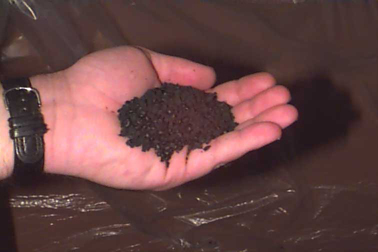Thermo Plastic Rubber
These rubbers are used for three purposes:
• Encapsulation of transformer bodies
• Molding Class A connectors
• Insulation and jackets of primary and secondary cables
What are TPRs?
There are many varieties, with a common theme. They generally consist of very small particles of fully vulcanized rubber in a plastic base. The resulting material has most of the desirable properties of rubber, e.g. flexibility, while at the same they can be injection molded like a plastic. The rubber in the particular varieties used by Amerace (designated as our 1400 compound) is EPDM, a rubber often used for high voltage electrical parts (10 kV and above), and this material provides very desirable electrical properties for airfield lighting products.
What is Neoprene?
Neoprene is one of a class of synthetic rubbers, which are Thermoset materials, meaning they are molded by the application of heat to be vulcanized ('cooked') to achieve their final properties. Amerace used Neoprene for cables, connectors, and transformer encapsulation from the 50s to the early 90s, but then switched to the state-of-the-art TPRs. The reasons for this switch become clear when the properties are compared.
|
|